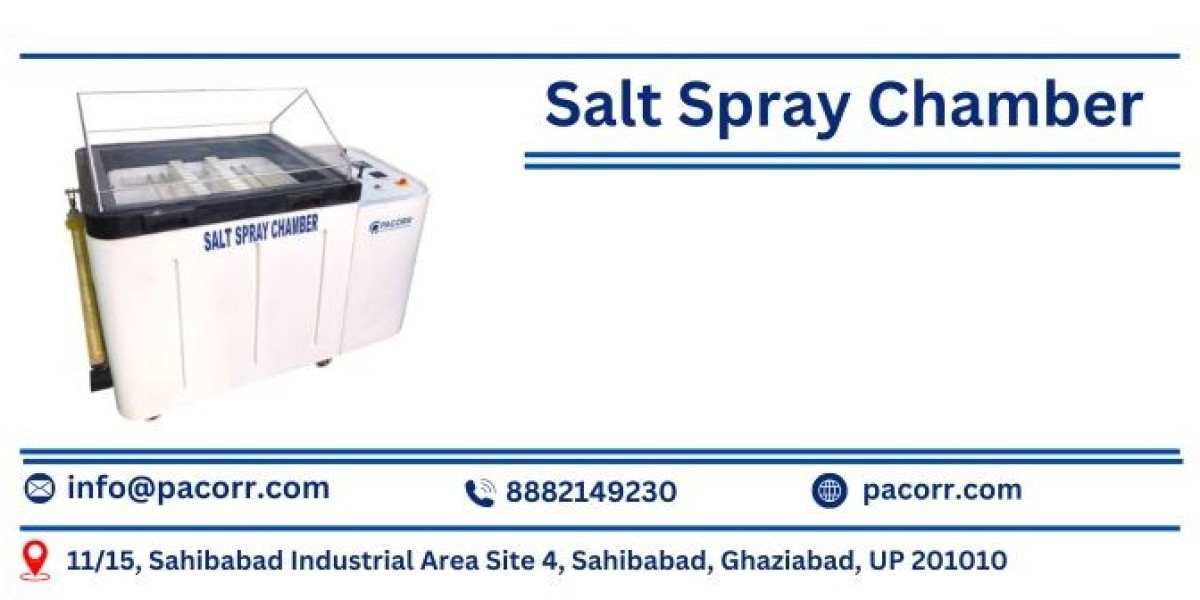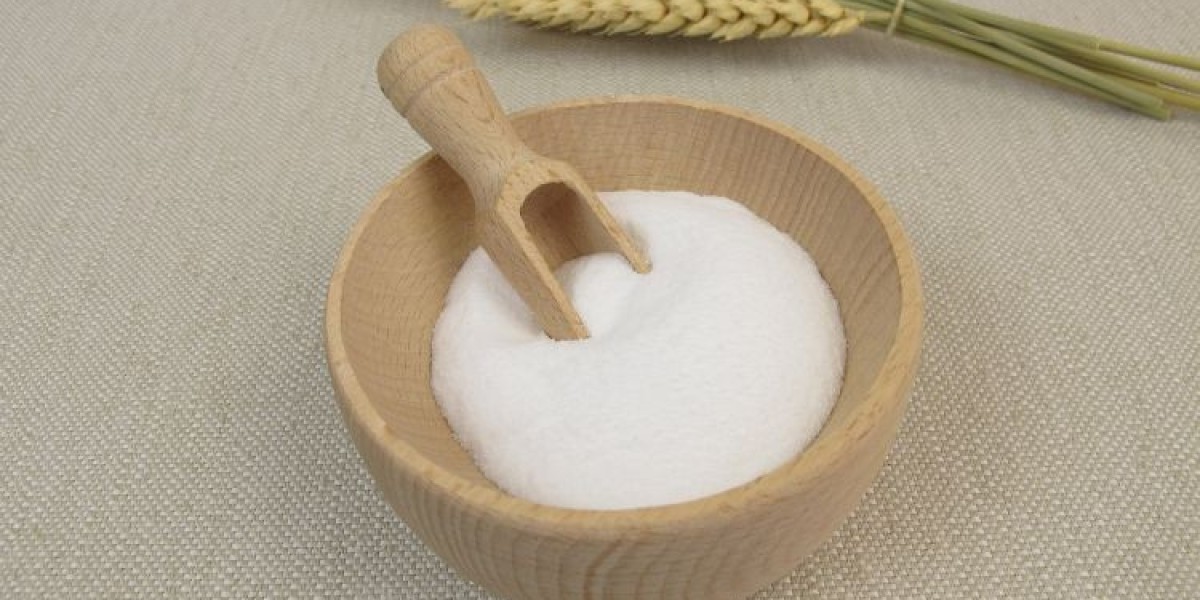What is a Salt Spray Chamber?
A Salt Spray Chamber Price, also known as a salt fog chamber, is a controlled environment designed to simulate corrosive conditions. These chambers are used to test the corrosion resistance of materials, coatings, and finished products by exposing them to a saline mist at elevated temperatures. The primary objective is to accelerate the corrosion process, providing valuable data on how a product will withstand harsh environments over time.
Key Features of Salt Spray Chamber
Corrosion Simulation: These chambers create a saline mist that mimics coastal or industrial environments, allowing for accelerated corrosion testing.
Temperature Control: Precise temperature regulation is crucial for consistent and accurate test results.
Material Compatibility: Chambers are designed to test a wide range of materials, including metals, plastics, and coatings.
Adjustable Test Duration: Users can set test durations to meet specific industry standards or project requirements.
Applications of Salt Spray Chamber
Automotive Industry: Testing the corrosion resistance of car parts, including body panels, exhaust systems, and undercarriages.
Aerospace Industry: Ensuring that aircraft components can withstand extreme environmental conditions.
Marine Industry: Evaluating the durability of materials and coatings used in ships and offshore structures.
Manufacturing: Assessing the longevity and reliability of various products exposed to corrosive environments.
Benefits of Using Salt Spray Chamber
Accelerated Testing: Provides quick results, allowing manufacturers to make informed decisions about material selection and product design.
Quality Assurance: Helps in maintaining high-quality standards by identifying potential corrosion issues before products reach the market.
Compliance: Ensures products meet industry-specific standards and regulations regarding corrosion resistance.
Choosing the Right Salt Spray Chamber for Your Needs
When selecting a Salt Spray Test Chamber, consider the following factors:
Chamber Size: Depending on the size of the samples you need to test, choose a chamber that accommodates your requirements.
Test Standards: Ensure the chamber meets industry standards such as ASTM B117, ISO 9227, and others relevant to your field.
Ease of Use: Look for user-friendly controls and software that facilitate easy setup and monitoring of tests.
Maintenance: Opt for chambers that are easy to clean and maintain, ensuring long-term reliability and performance.
Maintenance and Best Practices
To ensure the longevity and accuracy of your Salt Spray Chamber, follow these best practices:
Regular Cleaning: Prevent buildup of salt deposits by cleaning the chamber and its components regularly.
Calibration: Periodically calibrate the chamber to maintain accurate test conditions.
Monitoring: Continuously monitor test parameters to ensure consistency and reliability of results.
Documentation: Keep detailed records of all tests, maintenance activities, and calibrations for future reference.
Conclusion
Salt Spray Chamber are indispensable tools in the field of corrosion testing. By simulating real-world corrosive environments, they provide critical insights into the durability and longevity of materials and products. Investing in a high-quality Corrosion Test Chamber and adhering to best practices ensures that your products meet the highest standards of quality and reliability. At pacorr.com, we offer a range of advanced Salt Spray Chamber designed to meet the diverse needs of various industries. Explore our selection to find the perfect solution for your corrosion testing requirements.








